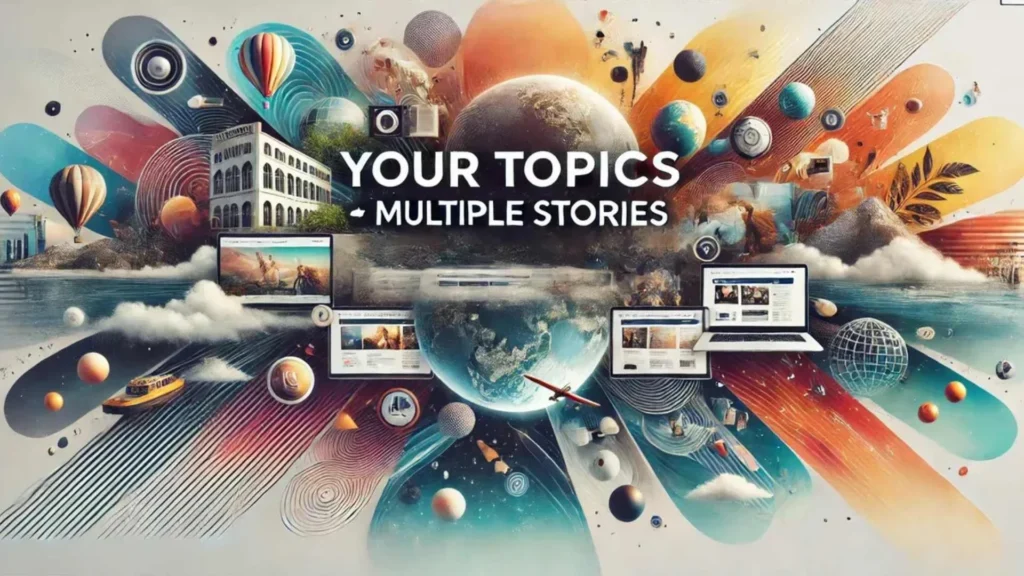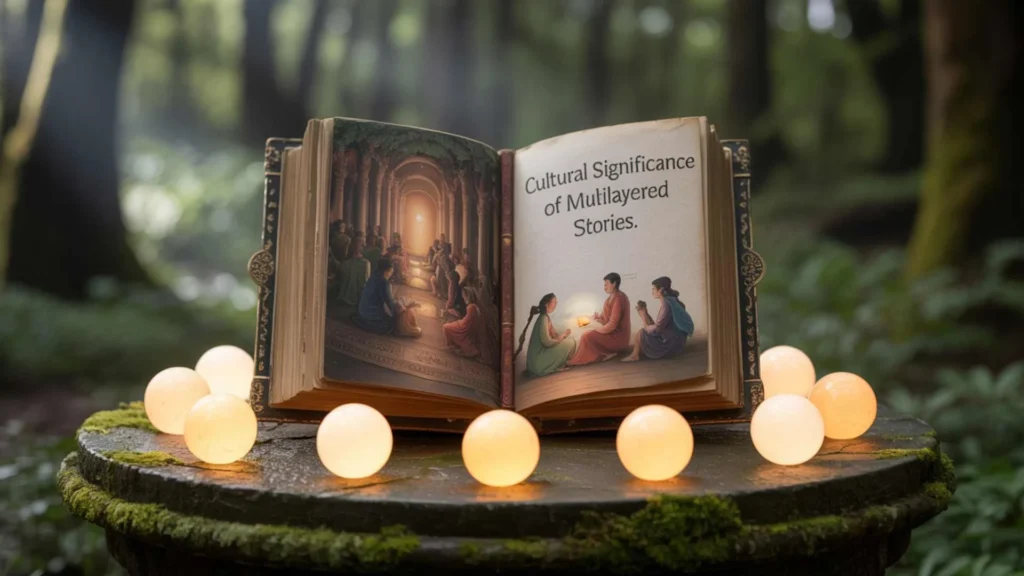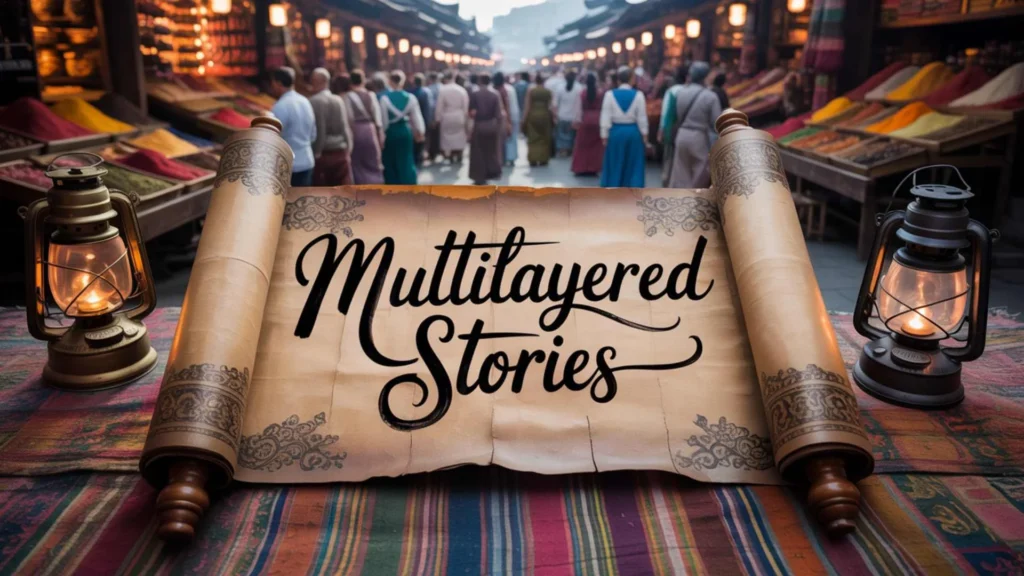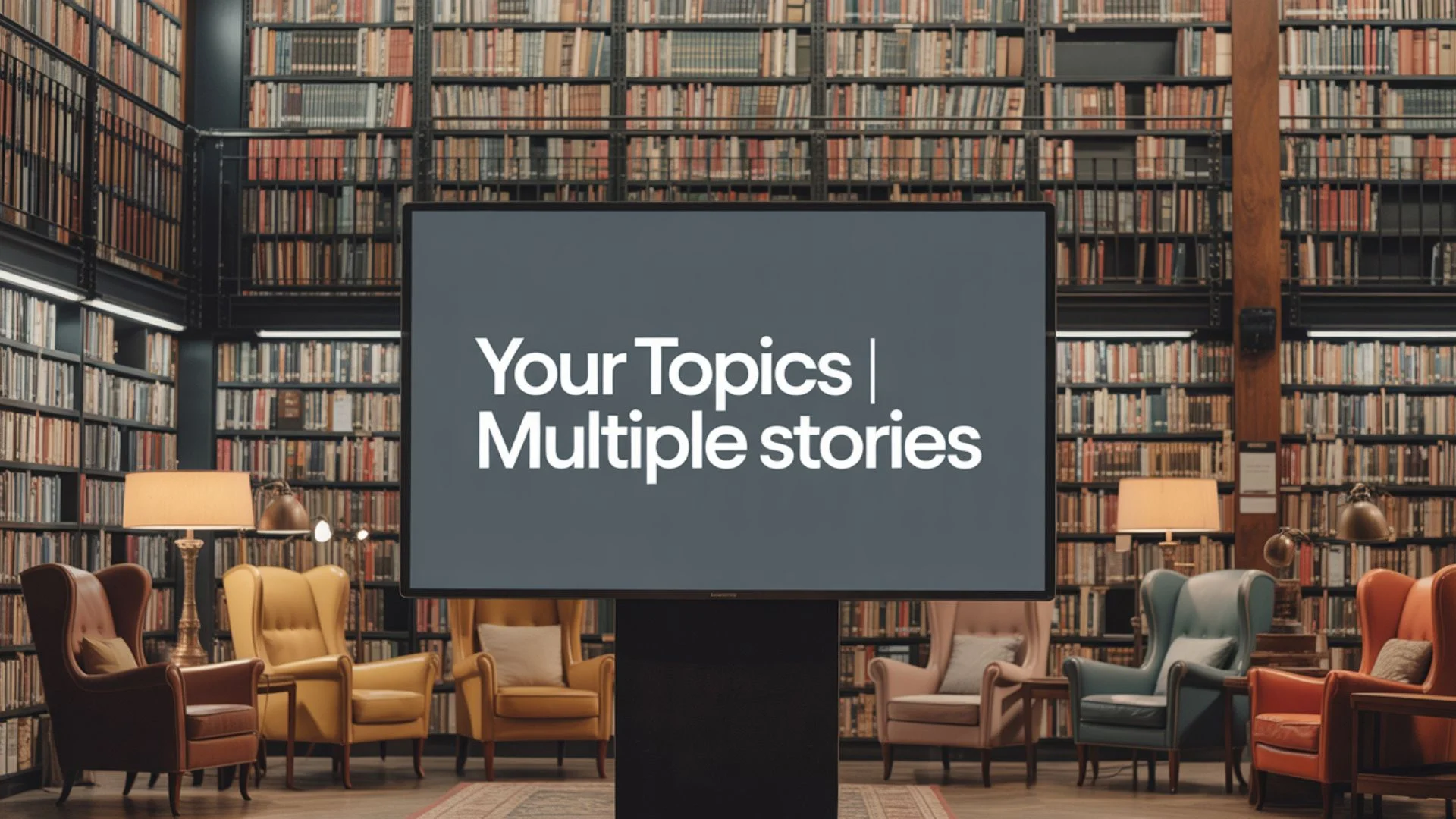In today’s digital age, audiences crave more than just a single, linear story. They want layers, multiple perspectives, and real emotional depth. That’s where the concept of “Your Topics | Multiple Stories” comes in—a storytelling approach that allows writers, creators, and marketers to explore multiple narratives under one theme.
From blockbuster films to TikTok threads, multiple story formats are now essential to stand out in a crowded content landscape.
This post dives deep into the power of diverse narratives, how to structure them, and why they matter more than ever.
📌 Understanding the Concept of “Your Topics”

“Your Topics” represents the personalized themes you choose to explore in your content. Whether you’re blogging, podcasting, or filming, your topics define the emotional direction and tone.
When combined with multiple stories, this approach invites more diverse storytelling, enabling you to express several viewpoints under one umbrella. It’s ideal for:
- Personal blogs
- Brand storytelling
- Nonfiction essays
- Fictional works
- Marketing campaigns
Example: A fitness blog under “Your Topics” could feature 5 different weight loss journeys instead of just one personal story.
🌍 The Power of Diverse Narratives
Storytelling isn’t one-size-fits-all. Including multiple perspectives ensures your content reaches a wider audience with various experiences.
Why it works:
- Taps into empathy
- Expands representation
- Builds trust through authenticity
🔦 Real-World Example
Humans of New York built its brand by featuring thousands of stories—each short, raw, and unique. That diversity made the platform global.
🧠 Multiple Stories: Breaking Traditional Boundaries

Traditional narratives follow a linear path. But modern stories jump timelines, switch narrators, and even blend genres. The “Your Topics | Multiple Stories” format permits creators to break narrative rules.
Platforms using this approach:
- Netflix’s Black Mirror: Each episode, a standalone concept.
- YouTube storytelling channels: Mix real testimonies and dramatized scenes.
Tip: Structure doesn’t have to be chronological. You can build tension by weaving stories in flashbacks or parallel timelines.
💡 Importance of Relatability in Stories
If your audience can’t see themselves in your story, they’ll scroll past. That’s where relatability matters.
Using multiple stories ensures that at least one voice or experience connects with your reader.
Example:
In a blog about entrepreneurship, feature:
- A College Dropout Success Story
- A 45-year-old mother building a startup
- A refugee founder story
This expands reach and builds emotional engagement.
🎨 Diverse Storytelling Across Media
Your Topics | Multiple Stories works across every medium:
| Media Type | Example | Strategy |
|---|---|---|
| Film | Cloud Atlas | Interconnected timelines |
| TV | This Is Us | Past, present, and future arcs |
| Video Games | Detroit: Become Human | Player choices affect story outcomes |
| Marketing | Nike ads | Highlight multiple athlete journeys |
| Podcasts | Serial | Uses episodic deep dives from multiple voices |
No matter your medium, layered storytelling creates rewatch/revisit value.
🌐 Cultural Significance of Multilayered Stories

Cultures around the world are built on layered storytelling:
- India’s Mahabharata: Intertwining epics
- Japan’s anime: Complex character-driven arcs
- African folktales: Community-based narratives
Incorporating culturally rich multiple stories into your content fosters:
- Global appeal
- Inclusivity
- Cross-cultural education
Pro Tip: Use cultural symbolism or idioms to enrich your stories.
💻 Role of Technology in Modern Storytelling
Technology has revolutionized how Your Topics | Multiple Stories are created and consumed.
⚙ Tools You Can Use:
- Scrivener: Manage multiple plots
- Notion: Storyboarding and linking narrative points
- Canva: Visual storytelling with infographics
- ChatGPT: Generate perspectives and plot twists
- Twine: Create interactive, non-linear stories
AI and content tools reduce the barrier to complex storytelling—even for solo creators.
🎯 Benefits of Exploring Multiple Stories
| Benefit | Description |
|---|---|
| 💬 Better Engagement | Audiences stay longer when exploring multiple paths |
| 🌈 Inclusive Content | More stories = wider demographic reach |
| 🔁 Repurposing | One topic can be reused in multiple forms |
| 🎭 Creative Flexibility | Switch voices, tones, or formats |
| 🧲 SEO Advantage | Multiple angles = more keywords covered |
SEO Tip: Use long-tail keywords like “multi-narrative storytelling” or “examples of multiple story structure” throughout your post.
✍️ Tips for Writing Your Own Multiple Stories
Writing multiple narratives can feel overwhelming—here’s how to make it simple:
✅ Structure Ideas:
- Choose one central theme
- Create 3–5 storylines that support the theme
- Use different tones or voices for each
- Interlink them with transitions or shared events
Example Outline:
Topic: Overcoming Fear
- Story 1: A firefighter’s first rescue
- Story 2: A student conquering stage fright
- Story 3: A traveler flying after years of phobia
⚠️ Challenges in Writing Multiple Stories

With great narrative power comes storytelling chaos.
Common Challenges:
- 📌 Overwhelming readers with too much at once
- 🧩 Confusing plots without clear transitions
- 🎭 Shallow characters due to divided focus
Solutions:
- Use story maps or flowcharts
- Assign each story a distinctive tone or setting
- Return to the core theme to anchor the structure
Download Tip: Click here for a free “Multiple Story Planner Template” 📝
💬 How “Your Topics | Multiple Stories” Can Unite Audiences
People want to be seen and heard. When creators highlight a wide spectrum of experiences, audiences feel connected—not isolated.
Community-driven content formats:
- Crowd-sourced blog series
- UGC-based (user-generated content) campaigns
- “Reply with your story” social threads
Multiple stories = Multiple voices = Stronger communities
📚 Case Studies of Successful Multilayered Narratives
Let’s study creators and brands who thrived with this approach:
🎥 Marvel Studios
From Iron Man to Black Panther, each movie is a standalone yet interconnected.
📸 Humans of New York
Every post a unique life—shared through a photo and paragraph.
🎙️ TEDx Talks
Different speakers, same platform, shared values.
📺 Netflix’s “Love, Death + Robots”
A collection of short animated films, different genres, same theme of AI/tech.
💼 LinkedIn Creators
People now share job loss, wins, burnout stories—humanizing the workplace.
🚀 Future of Your Topics | Multiple Stories
Tomorrow’s stories will be:
- AI-curated and voice-interactive
- Multilingual from the start
- Spanning multiple platforms (YouTube + TikTok + Podcasts)
To stay ahead:
- Build story ecosystems
- Test interactive storytelling tools
- Collaborate with diverse creators
The future is multilayered, multilingual, and multi-platform.
✅ Conclusion: Embrace the Power of Your Topics | Multiple Stories
In an attention-hungry world, depth beats perfection. The “Your Topics | Multiple Stories” method allows creators to be more relatable, more engaging, and more impactful. Whether you’re crafting blogs, writing books, or building brands, storytelling from multiple angles brings clarity, compassion, and connection.
So…what are your topics? And which stories are waiting to be told?
❓FAQs
Q1: What is the concept of “Your Topics | Multiple Stories”?
A: It’s a storytelling method where you explore several narratives around one core topic, making your content layered and relatable.
Q2: How can I structure a blog post using multiple stories?
A: Start with a unifying theme, outline 2–5 supporting stories, and connect them using transitions or a shared message.
Q3: Is this method useful for brand marketing?
A: Absolutely. Brands like Nike and Dove use this format to share customer stories, increasing emotional engagement.
Q4: What are the best tools for multi-narrative writing?
A: Use Scrivener, Notion, or Canva for visual mapping. ChatGPT helps brainstorm characters or arcs.
Q5: Can I apply this to fiction and nonfiction alike?
A: Yes. It works in memoirs, documentaries, blogs, campaigns, and even explainer videos.
Have a story—or multiple stories—you want to tell?
🔗 Download your free “Multiple Storytelling Planner”
💬 Drop your favorite storytelling format in the comments
📢 Share this article with a fellow creator

